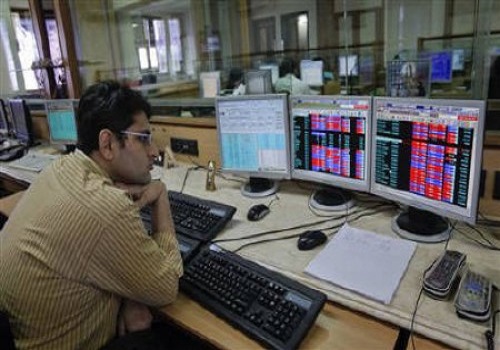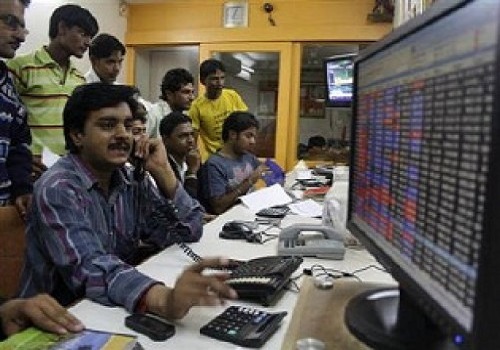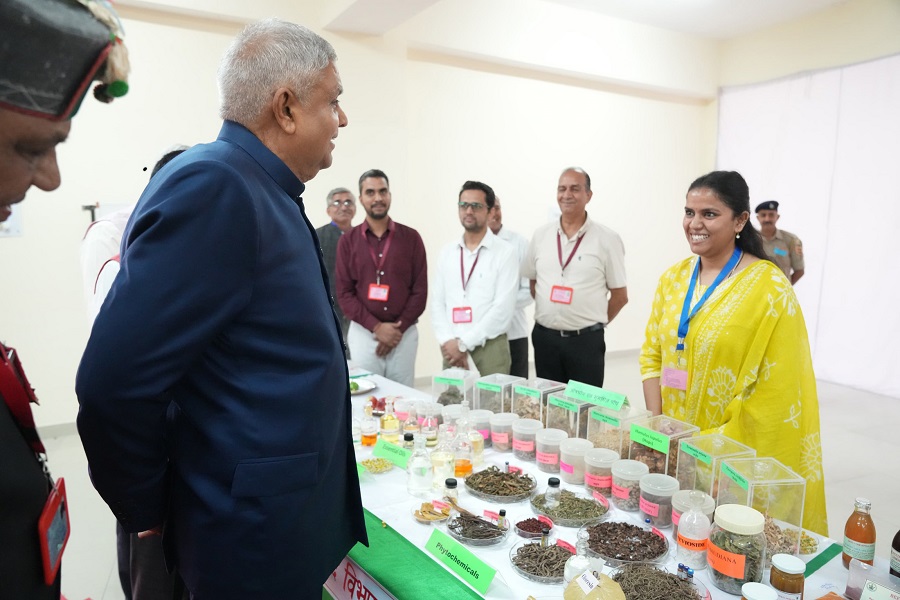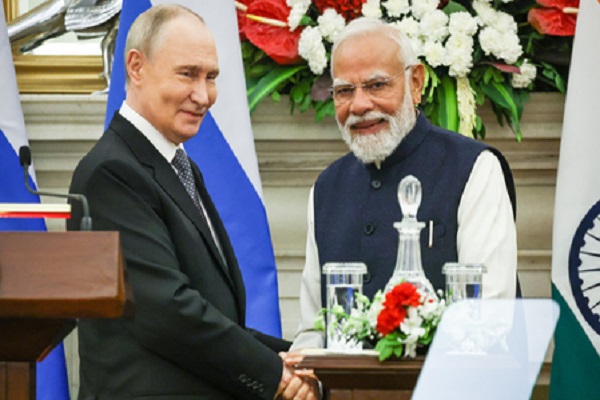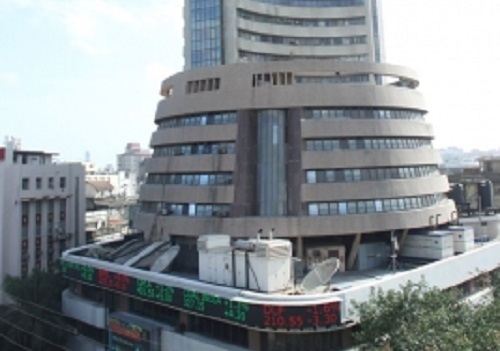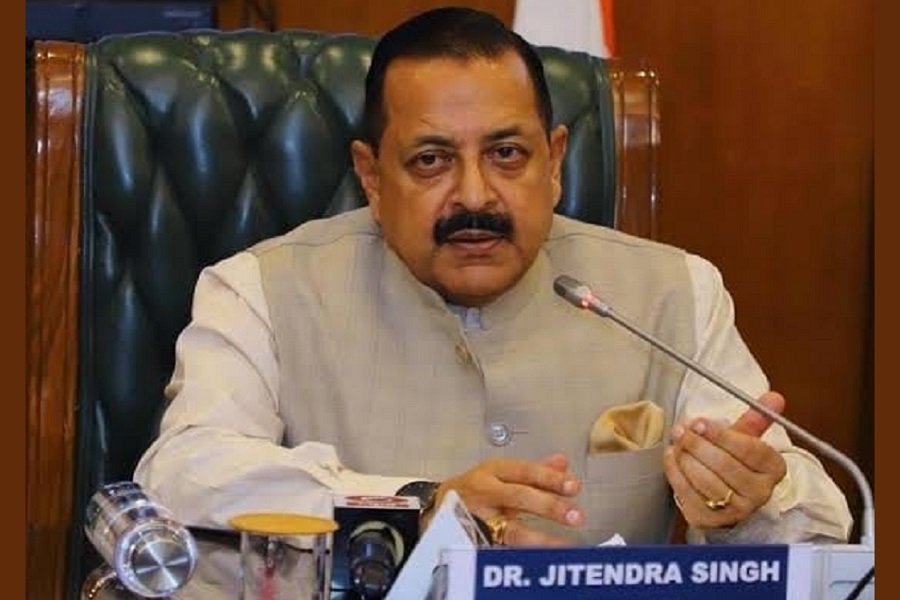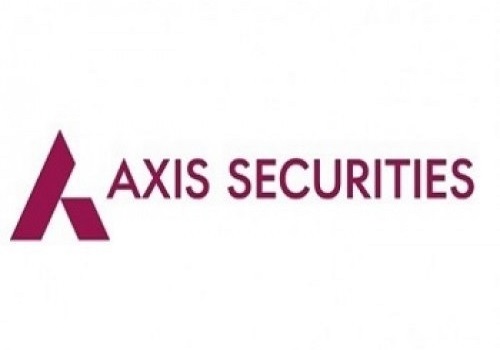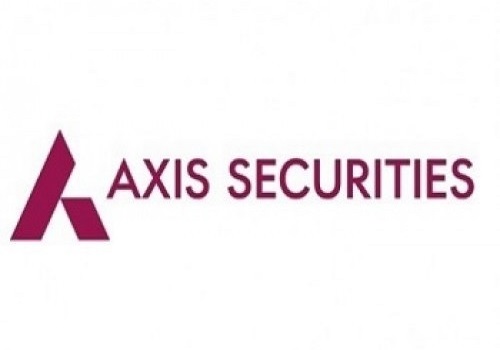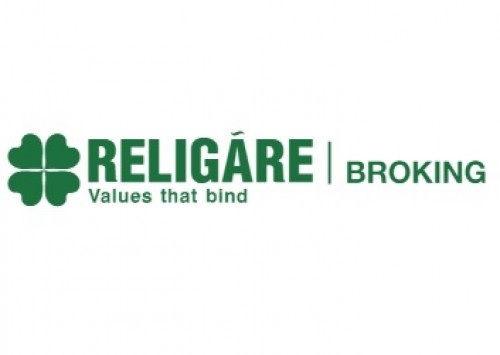Nifty expected to reach 26,889 until December 2025: PL Capital

PL Capital, one of India’s most trusted financial services organizations in its latest India Strategy Report highlights a multi-faceted recovery in domestic demand, supportive monetary policies, and focused fiscal initiatives as key drivers of growth. Reflecting this positive view, the brokerage has raised its 12-month Nifty target to 26,889, valuing the NIFTY at 2.5% discount to 15-year average PE at 18.5x. PL Capital believes that the domestic oriented sectors like domestic pharma, select staples, Banks, capital goods, defense and power will outperform in the near term.
In the first quarter, government capital expenditure was front-loaded, recording impressive growth of 61% in April and 39% in May, supported by strong momentum in new project orders and a significant increase in defense spending. At the same time, the Reserve Bank of India reduced the repo rate by 100 basis points and announced a phased 100 basis point cut in the cash reserve ratio (CRR). These policy moves are intended to enhance system liquidity and stimulate credit growth, which reached a moderate 9.5% in Q1 FY26.
FY26/27 EPS cut 1.2/0.6%, 13.4% EPS CAGR over FY25-27
PL Capital forecasts modest top line growth of 2% for our coverage universe, supported by stronger gains of 15% in EBITDA and 15.6% in PBT. Excluding oil & gas, EBITDA and PBT are expected to rise by 10.5% and 7.7%, respectively. Growth will be led by telecom, AMCs, EMS, cement, capital goods, and oil & gas, driven by operating leverage and margin tailwinds. Conversely, building materials, consumer durables, travel, and financial services are likely to face PBT declines, while banks, consumer, IT, and pharma are expected to register only muted, sub–mid-single-digit PBT growth, reflecting sector-specific headwinds and demand normalization.
The earnings outlook remains uncertain. Since introducing the FY27 NIFTY EPS forecast in October 2024, PL Capital has revised its NIFTY EPS estimates downward by 7.3% for FY26 and 6.15% for FY27, while consensus estimates have seen even larger cuts of 8.9% and 7.5%, respectively. Over the same period, the NIFTY index itself has inched up by just 0.8%. NIFTY free float EPS grew by 14.2% over FY23–25, and is now expected to grow at a slightly lower pace of 13.4% over FY25–27.
Mr. Amnish Aggarwal, Director- Research, Institutional Equities, PL Capital said “Although a broad-based recovery is yet to take hold, factors such as tax relief, normal monsoons, easing inflation, and lower interest rates are creating conditions for a consumption-driven rebound. Rural sentiment remains resilient, while urban sentiment is gradually improving, particularly in discretionary segments. India’s growth trajectory in FY26–27 will ultimately depend on the combined effect of robust public expenditure, rising private investment, and a sustained recovery in consumer confidence”.
Inflation Trends Turning Benign
India’s inflation trajectory has witnessed a sharp and sustained improvement over the past year, largely driven by a significant decline in food prices. Headline Consumer Price Index (CPI) inflation, which peaked in Q3FY25, has steadily eased, falling to 2.1% in June 2025—its lowest level in over three years. The Food and Beverages segment saw inflation drop from a high of 9.7% in October 2024 to -0.2% in June 2025. Similarly, the Consumer Food Price Index (CFPI) declined sharply from 10.9% to -1.1% over the same period. This correction in high-frequency prices—especially of perishables like vegetables and pulses—was driven by improved rabi arrivals, softening mandi prices (as per DPIIT), and a favourable monsoon outlook.
These trends validates insights from PL Capital’s January 2025 India Strategy Report on inflation , which had projected that food inflation had likely peaked and would ease over the course of 2025. The report had attributed this expected moderation to stabilizing agricultural production and the positive impact of stronger rabi yields. It also noted that a potential reduction in import duties on essential food items—especially in response to rising global prices—could further alleviate inflationary pressures. Core inflation is expected to remain stable, with average CPI inflation projected between 4.3% and 4.7% for FY26. PL Capital had also anticipated a 25-basis-point rate cut in FY25, followed by an additional 50 bps reduction in the first half of FY26.
Sectoral Outlook: Domestic Plays Take Center Stage
PL Capital believes domestic-oriented sectors will lead the next leg of market performance and is being overweight on Banks, Healthcare, Consumer, Telecom, and Capital Goods, while remaining underweight on IT services, cement, metals, and oil & gas. In large caps, PL maintains positive views on ICICI Bank, Bharti Airtel, Hindustan Aeronautics, ITC, Titan, and Kotak Mahindra Bank. In mid and small caps, KEI Industries, Astral Ltd., and Indian Railway Catering & Tourism Corporation (IRCTC) are among the top choices.
Rural Resilience Supported by Strong Monsoons and Inflation Relief
The rural economy shows greater resilience, with the rural Current Situation Index (CSI) rising from 96.5 in Jan-24 to 100 by May-25. This recovery is anchored by improved Kharif sowing—up 11% YoY—benign food inflation, and robust government spending in rural development. Headline CPI inflation moderated sharply to 2.1% in June 2025, its lowest in over three years, while food inflation entered negative territory at -1.1%, strengthening real purchasing power for rural households.
Tax Relief to Catalyze Urban and Rural Consumption
The landmark Rs.1 lakh crore income tax relief in the FY26 Union Budget is expected to lift disposable incomes, especially for over 5.65 crore taxpayers in the Rs.8–24 lakh annual income range. While the consumption impact is unfolding gradually, PL Capital expects momentum to build during the upcoming festival season, when moderating inflation and normal monsoons will further boost sentiment.PL Capital estimates tax savings could translate into Rs.3.3 lakh crore in additional consumption over FY26, particularly benefiting discretionary segments such as travel, home upgrades, and lifestyle products.
RBI Shifts Gear: Focus on Growth with sharp rate cut
In a decisive effort to stimulate domestic demand, the Reserve Bank of India (RBI) lowered the repo rate by 50 basis points to 5.5% during its June 2025 monetary policy meeting—marking the third consecutive cut and bringing the total easing to 100 bps since February. Additionally, the RBI announced a phased reduction of the Cash Reserve Ratio (CRR) by 100 bps, from 4% to 3%, effective from September 2025, aimed at infusing Rs.2.5 lakh crore of durable liquidity into the banking system. These measures reflect the RBI’s proactive stance to counter weakening global growth and subdued domestic inflation, with the goal of reviving economic momentum.

Manufacturing leads to private capex revival
Private sector capital expenditure in India is projected to rise sharply by ~55% year-on-year to Rs.6.6 trillion in 2025. Between 2022 and 2026, private capex is expected to grow at a robust CAGR of ~24%, largely driven by manufacturing, which is set to comprise around 43.8% of total private capex in 2025. This strong investment momentum, together with sustained public capex, is likely to boost order inflows for capital goods companies within our coverage universe.

Above views are of the author and not of the website kindly read disclaimer
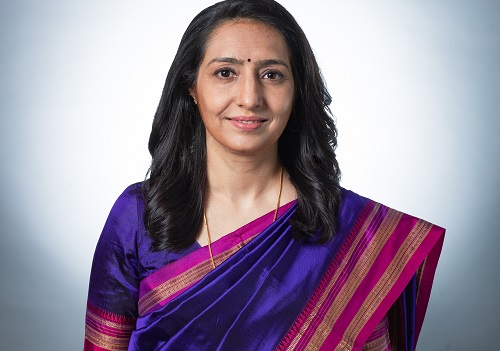
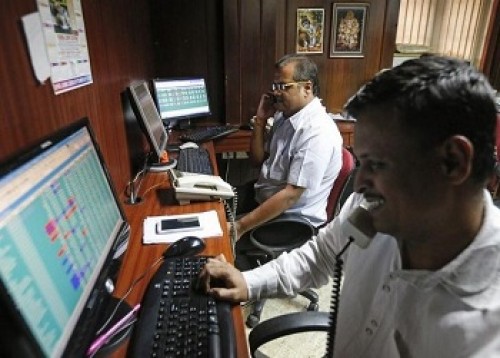

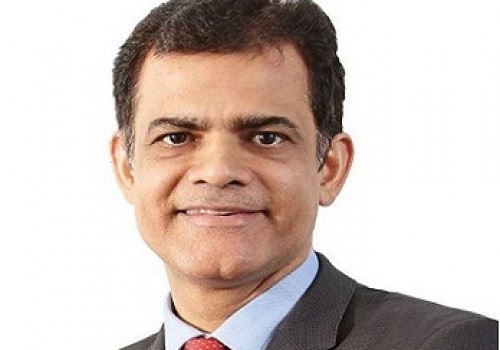

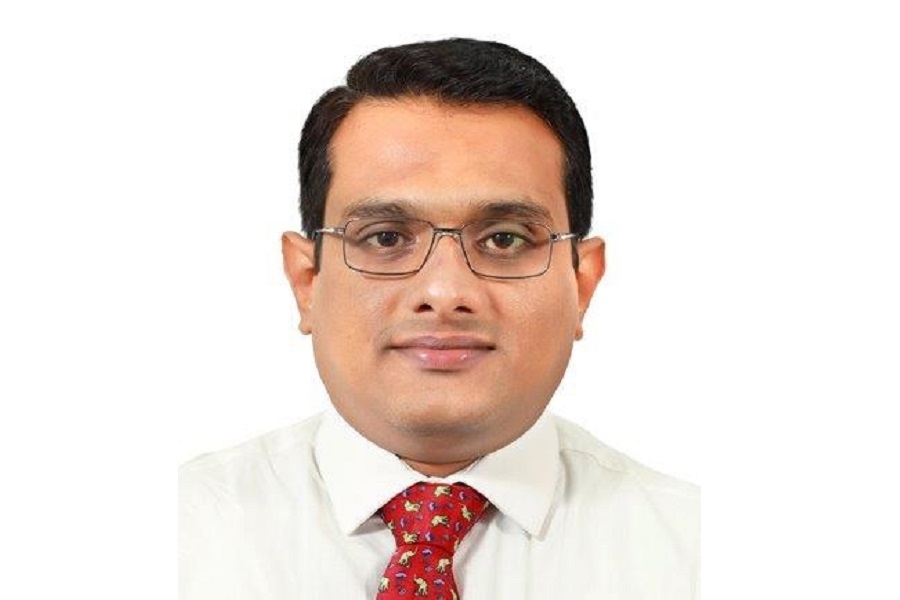
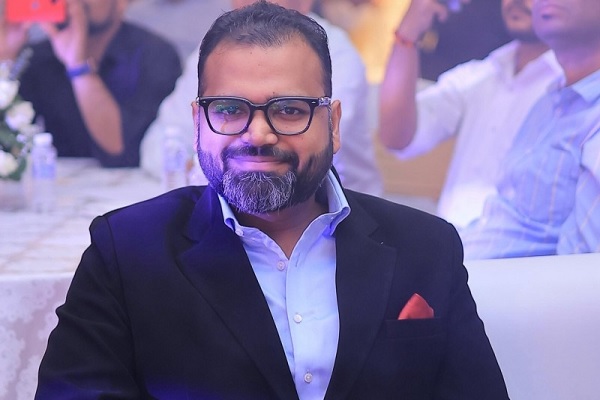

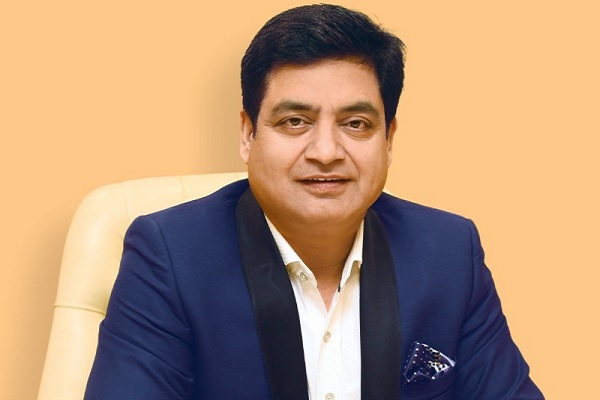

Tag News

Quote on Nifty 05th December 2025 from Rupak De, Senior Technical Analyst at LKP Securities

